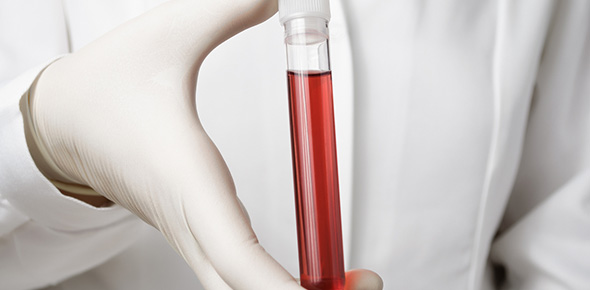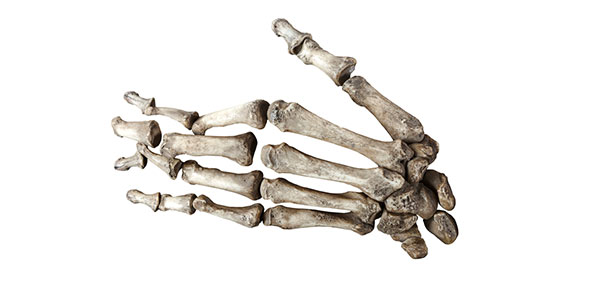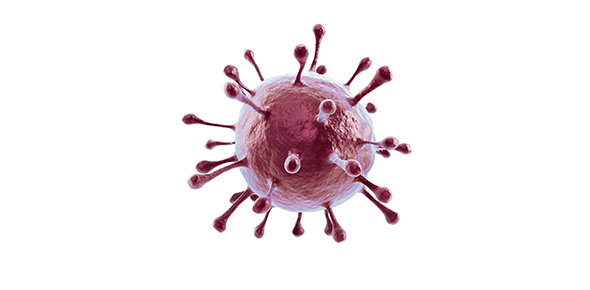Related Flashcards
Related Topics
Cards In This Set
| Front | Back |
|
Required to directly drive cell cycle transitions
|
Proteolysis and phosphorylation
|
|
Observations in cell cycle
|
See condensed chromosomes - M phase
see nothing- I phase (divided into G1 phase, S phase, G2 phase) |
|
Experimental differences between phases
|
Experiment: fuse cells in different phases (I and M) of the cell cycle- cell in interphase driven to M phase = "MPF"-M phase promoting factor. (AKA M-Cdk).
Fuse G1 cell w S phase cell-> S phase pushes G1 cell into S phase prematurely -> SPF/S-Cdk -> both nuclei will start M phase together; they wait for each other (suggests checkpoint mechanism) S and G2 - both become G2, wait for each other to enter M phase |
|
Yeast genetics approach
|
Yeast cell morphology can give rough indication of cell cycle position. S. cerevisiae grows by budding. S. pombe grows at tips. Isolate cell division cycle (cdc) mutatnts; arrest at a specific point in cycle- cyclic processes halt but growth processes continue.
|
|
Classes of cdc mutants
|
1) inactivates a positive cell cycle regulator (its action drives cell cycle evvents)
2) inactivates a cyclic event (DNA rep'l, mitosis, cytokinesis) -more common - monitored by a checkpoint mechanism |
|
Cell oscillation models
|
1) clock- determines cycle phase- embryos: inhibit S- still see M events; inhibit M- still see S events : still on time : unique to embryos
2) dominoes- series of dependent events; evidence: cdc mutants and drug arrest cycle (same drugs different effects) 3) more correct view: basic oscillator (clock) w event dependencies imposed on top (checkpoints); basic oscillator, but at various points can be checked and be stopped. Embryonic and cancer cells have checkpoints turned off for ~13 divisions |
|
MPF
|
M cyclin dependent kinase, consrved 2-component kinase that drives cycle into M phase
|
|
Other stuff
|
//////
|
|
Cyclin dependent kinases
|
Major drivers of cell cycle transitions:
-subject to multiple regulatory inputs; 1) synthesis and destructiion of cyclins, periodic synthesis and destruction 2) cyclin kinase inhibtors- recognize cyclins that are necessary to push the cell cycle forward- act to prevent over-proliferation of cells- ihibit cdk complexes that act at the start of the cell cycle |
|
Far1
|
Starts the mating pheremone synchronization; is a CKI. Mating factor binds GPCR, activates G protein, G protein starts MAPK pathway -> various outputs, including shmooing, cytoskeletal changes, membrane changes, and far1 is expressed and activated, which blocks Cln-Cdk -> synchronizes yeast in culture
|
|
Cyclin D
|
Puts phosphate on protein called Rb (inhibitor of a gene regulatory protein- restrains cell proliferation)-> unrestricts E2F (transcription factor) -> transcription of target genes that control entry into S phase
Gene for cyclin D found amplified in many cancers. dsfjsfdajksdf |
|
P21
|
Animal cells w damaged DNA prevented by entering the S phase; is a CKI. Broken DNA ->ATM/ATR kinase activation -> ChK1/ChK2 kinase activation ->phosphorylation by p53 -> stable p53 -> binds p21 -> something else I didnt get
|
|
Cdk activation
|
Has to be phosphorylated;
inactive -> subunit activates by pulling t-loop, opening up active site -> phosphorylated |
|
Cdk inhibatory phosphorylation
|
By Wee1 kinase often (opposed to Cdc25 phosphatase); deactivates; occurs on T14 and Y15 in active site, prevents Cdk from acting.
All eukaryotes have Wee1 kinase and Cdc25 phosphatase. Wee1 inhibits, but Cdc25 activates M-Cdk; last step before enters M phase. If get rid of Wee1 kinase, enter M phsae too quickly. If get rid of Cdc25, cells stay too long in M phase. Timing is for upstream inputs. Signals can activate Wee1 or inhibit Cdc25 phosphatase, or both. |
|
Cdk localization
|
Kinases have to be taken to specific places to operate, by cyclin s and other accessory proteins
|








